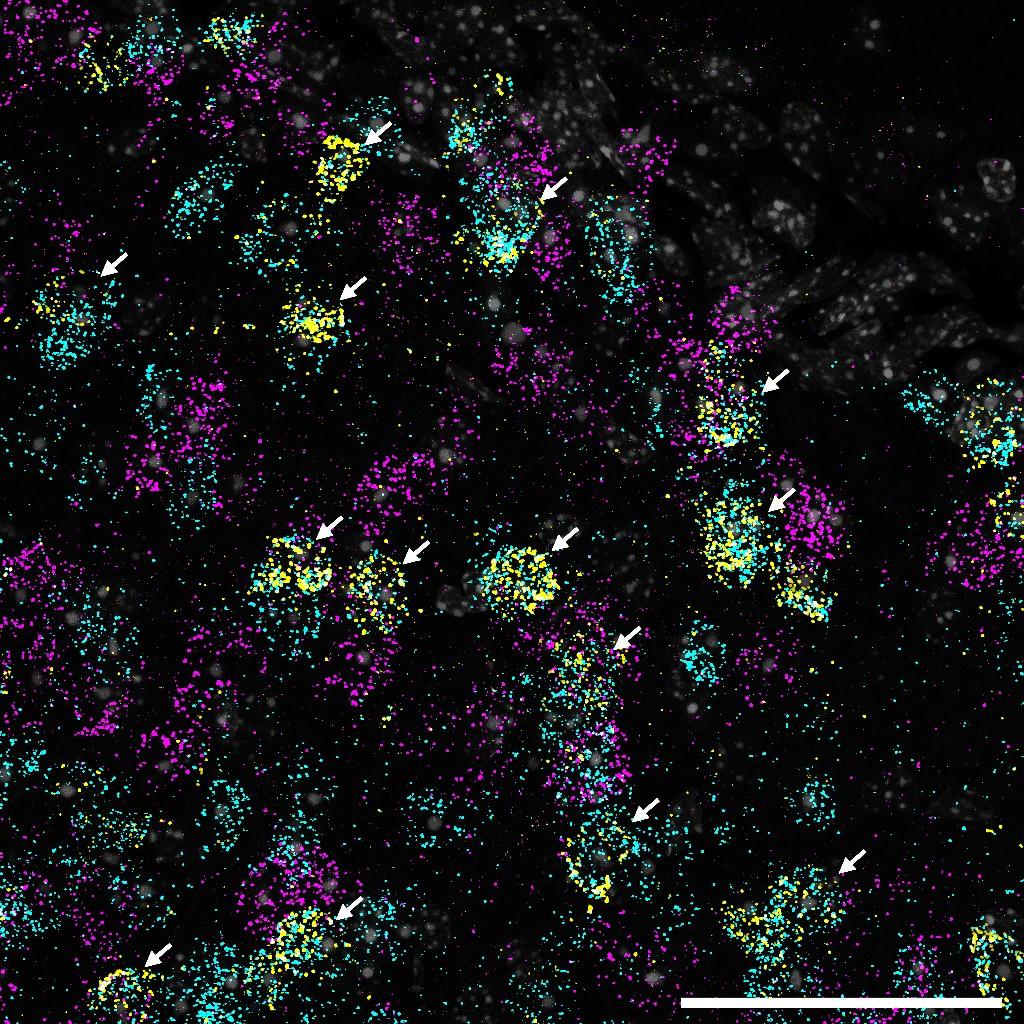Abstract
The superior colliculus (SC) is an evolutionarily conserved structure that receives direct retinal input in all vertebrates. It was the most sophisticated visual center until the neocortex evolved in mammals. Even in mice and tree shrews, mammalian species that are increasingly used in vision research, the vast majority of retinal ganglion cells project to the SC, making it a prominent visual structure in these animals. In this talk, I will review our recent functional studies of the mouse SC and describe our current efforts in linking visual response properties to genetically identified cell types.

Biography:
I received my PhD at University of Virginia (UVA) in 2001 and conducted postdoctoral research with Michael Stryker at University of California, San Francisco. I started my lab at Northwestern University in 2006, and then moved back to UVA in 2017 as a Jefferson Scholars Foundation Professor, with a joint appointment in the Departments of Biology & Psychology. My lab studies the neural basis of vision: how neurons in the brain respond to visual stimuli and lead to visually guided behaviors; what neural circuits give rise to such response properties; and how these circuits are established during development. We use mice and tree shrews as models and take an integrative approach that combines in vivo physiology, two-photon imaging, genetics, behavioural, and computational techniques.
